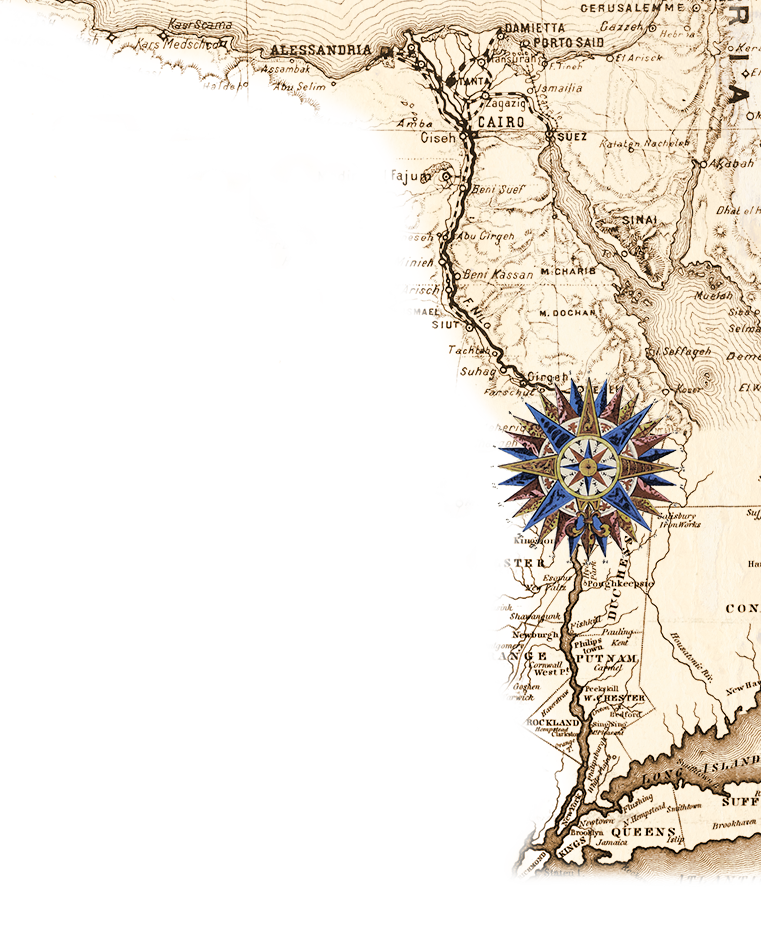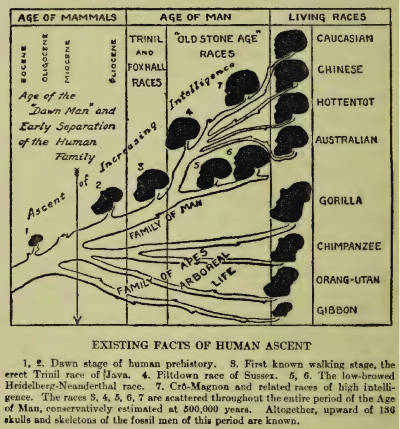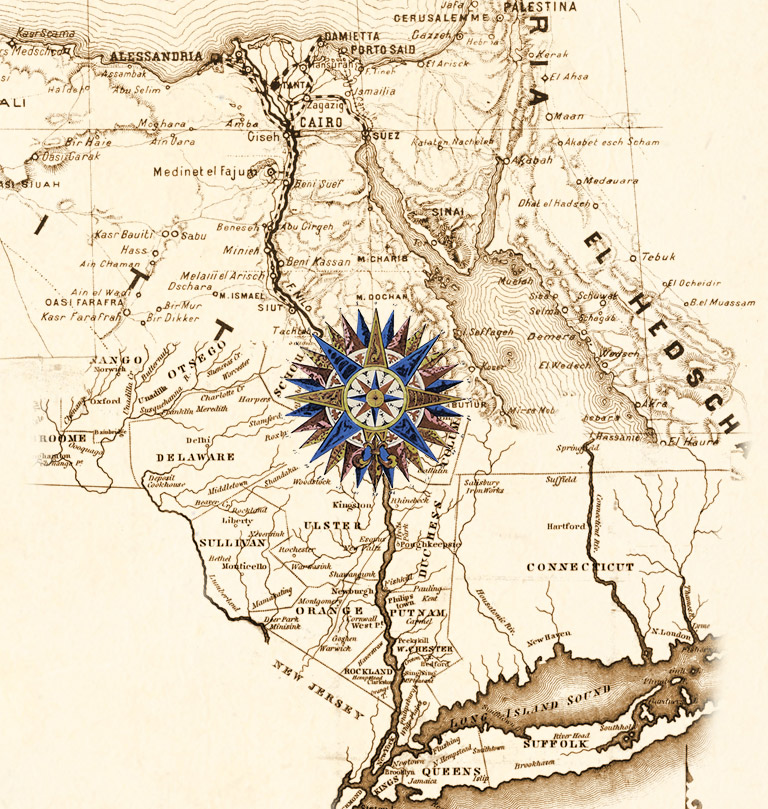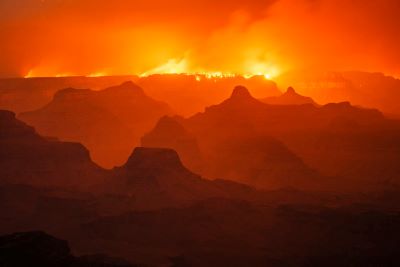
The North Rim of the Grand Canyon has burned. Dragon Bravo Fire has destroyed the historic Grand Canyon Lodge. I worked there one summer when I was in college. The North Rim is different from the more developed South Rim (I applied there too and received a rejection notice in July, a little late for a summer job!). The North Rim is over 1000 feet higher than the South Rim. It is not as commercially developed as the South Rim either. There was still snow on the ground when I arrived in late May after the end of the school year.
The North Rim is more isolated. As I recall, we were 45 miles from a junction in the road and 90 miles from the town of Kanab, population around 2000 people. We had no TV or radio or cable. The internet had not yet been invented so there were no email and no social media. We really were isolated.
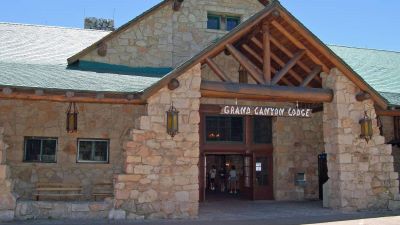
The Grand Lodge on the rim of the Grand Canyon was one of a series of majestic rustic looking lodges built in National Parks. It soon would have reached its centennial of its 1927/1928 construction. The Grand Lodge was a misnomer. There were no rooms at the Lodge. It consisted of a restaurant, social hall, a big lobby, and a patio overlooking the canyon. One night a tourist stood out on the patio taking pictures of the 217-mile long Grand Canyon with a flash. He just snapped away.
Employees slept in the tourist cabins before the tourist season began. Then we relocated to the WPA dorms. My roommate was an injured Vietnam vet from South Carolina. I had my doubts as to how long he would last given his injury before returning home. His stomach injuries made it difficult to carry a tray full of dishes. Unfortunately we lost touch once he left. I do have a photograph of the employees posing at the front entrance of the Lodge. It was on my wall for many years before I realized it had been bleached by the sun. The names of the workers may be on the reverse but once I removed it from the wall, I put it in a safe place meaning I don’t know where it is.
The lodge was operated by the Utah Parks Company. It also ran the lodging at Zion and Bryce. The company was a subsidiary of the Union Pacific now seeking to become a transcontinental freight line. My pay was 77 cents/hour.
Some of us did hike across the canyon to the South Rim. We descended from the North Rim to Bright Angel Creek Pump Station which provided the water for the North Rim. We walked across the canyon floor stopping at water falls along the way. This part of the hike was deserted. It was not until we arrived at Phantom Ranch that the number of people picked up. And the again at Indian Springs campground partway up the southern rim. It was a different world there.
Oh, yes. There were National Park Rangers stationed at the North Rim.
IMPERILED PROMISE

Imperiled Promise: The State of History in the National Park Service is a study conducted by the Organization of American Historians (OAH) at the invitation of the National Park Service (NPS) published in 2011. The study was featured in a pre- conference workshop on June 12, 2014, at the Henry Wallace Visitor Center located at the NPS site in Hyde Park. It was a free public program prior to the annual New York State History conference held at nearby Marist College.
The title of the session was “Imperiled Promise: Public History and Shared Authority at New York’s NPS Sites,” one of a series of presentations about the study. The session was chaired by Patricia West McKay, Martin Van Buren National Historic Site. The session is available online on its website.
The study was a fascinating one. My fascination led to a series of blogs about it. I included possible references for the state historic sites in New York. It was not written with the Grand Canyon in mind or any of the recreational and scenic national parks. Instead the intended audience was the historic sites and the challenges NPS staff had in doing their job. Simply put, the history staff at the NPS sites operated in isolation from the history academic community. In general terms NPS history could not attend history conferences except during their own vacation time and on their own money. Access to journals and books similarly was limited. Invitations to scholars were not forthcoming. In short the promise of the National Park Service was imperiled.
I wrote about this situation:
The National Park Service Centennial: An Imperiled Promise
August 25, 2016
Imperiled Promise: History and the NPS (and OPRHP)
Posted on June 28, 2017
Imperiled Promise: The State of History in the National Park Service Part II
Posted on July 7, 2017
The NPS Imperiled Promise: Recommendations to Eliminate the Peril – Is Anybody Listening? (Part III)
Posted on July 13, 2017
Imperiled Promises: Successful NPS Case Studies (Part IV)
July 19, 2017
Fulfilling the Promise: Recommendations to End the Peril of History (PART V)
July 21, 2017
Imperiled Promise: History and the NYSOPRHP
March 27, 2018
The results were what you might expect. The report was shelved and no action was taken to fulfill its recommendations. There always was a more pressing need for its time and money than implementing the recommendations from the study which it had commissioned.
NPS MUSKACRE

Since that time the situation has only deteriorated. The staff has been muskacred. The remaining staff have had to cannibalize the work load meaning people had to assist in non-history activities. For those still engaged in history-related activities it may mean scrubbing the websites to ensure that nothing divisive remains and certain people are minimized. The gap between the potential offered in Imperiled Promise and the actuality under Donald Trump is vast. In the long-run, the Trump assault on the NPS may prove longer lasting and of greater significance than a fire.
UPDATE (8/7/25)
A joint statement by the American Association for State and Local History (AASLH), Organization of American Historians (OAH), Association for the Study of African American Life and History (ASALH), Association of African American Museums (AAAM), and National Council on Public History (NCPH)
National Park Service (NPS) sites are being forced to remove historical content that the White House views as “negative about either past or living Americans.” This top-down directive erases people and events that do not fit within a narrow, triumphalist view of history.
What makes this erasure even more alarming is that the U.S. Department of the Interior (DOI), which runs NPS, is couching its censorship efforts in the very terms that historians and educators often use to explain their own work. Federal officials are eliminating the experiences of Native Americans, African Americans, women, members of the LGBTQ+ community, and others from history while calling it—to quote a DOI spokesperson—“honest, respectful storytelling” that “honor[s] the complexity of our nation’s shared journey.” In fact, they are doing the opposite. And requiring knowledgeable NPS staff to attribute these alterations to the White House’s interest in “historical accuracy” is doubly deceptive and contrary to the professional standards by which historians conduct their work.
Our country’s 433 NPS sites, which serve millions of visitors per year, are just the starting point for this skewed approach to history, but they will not be the last. Recent pressure on the Smithsonian Institution, National Endowment for the Humanities, Institute for Museum and Library Services, and others show just how far this administration is willing to go to distort the past toward ideological aims in the present. This drive to sanitize and warp history endangers vital sources of public knowledge, from state and local history museums to social studies classrooms to libraries.
The administration’s directive ignores our field’s scholarship and the will of the American people, who have repeatedly said they want to explore the nation’s history in all of its depth and complexity. The directive removes crucial context that audiences need for a fuller understanding of the past and its relevance to today. It is also an affront to the public’s right to think for itself.
We urge our members and the public to visit NPS sites, leave supportive comments on the NPS Feedback Form, and contact your state, local, and national representatives about your support for NPS sites and a full, honest, approach to our collective history. (The National Parks Conservation Association provides a form here for contacting Members of Congress.)
Teddy Roosevelt was the one who set the United States on the path to saving the natural and historic heritage of the country as a common good. One shudders to think of how he would react to the devastation wreaked on that heritage by the current president of the United States. And this is separate from the issue of selling tracts of land for commercial development. Of course Mount Rushmore also is operated by the NPS. Teddy Roosevelt reached but which the current president yearns for but will never attain.
